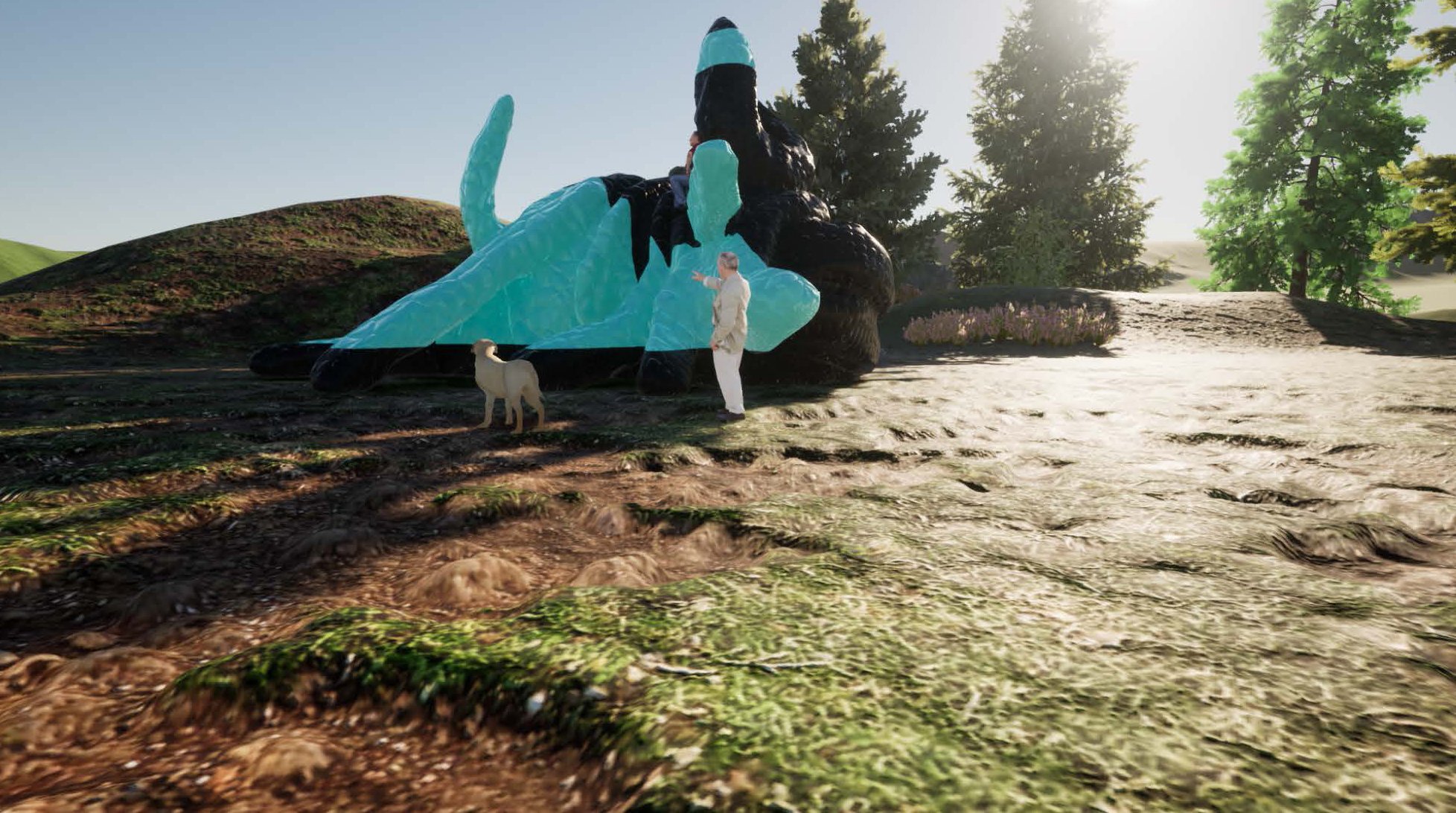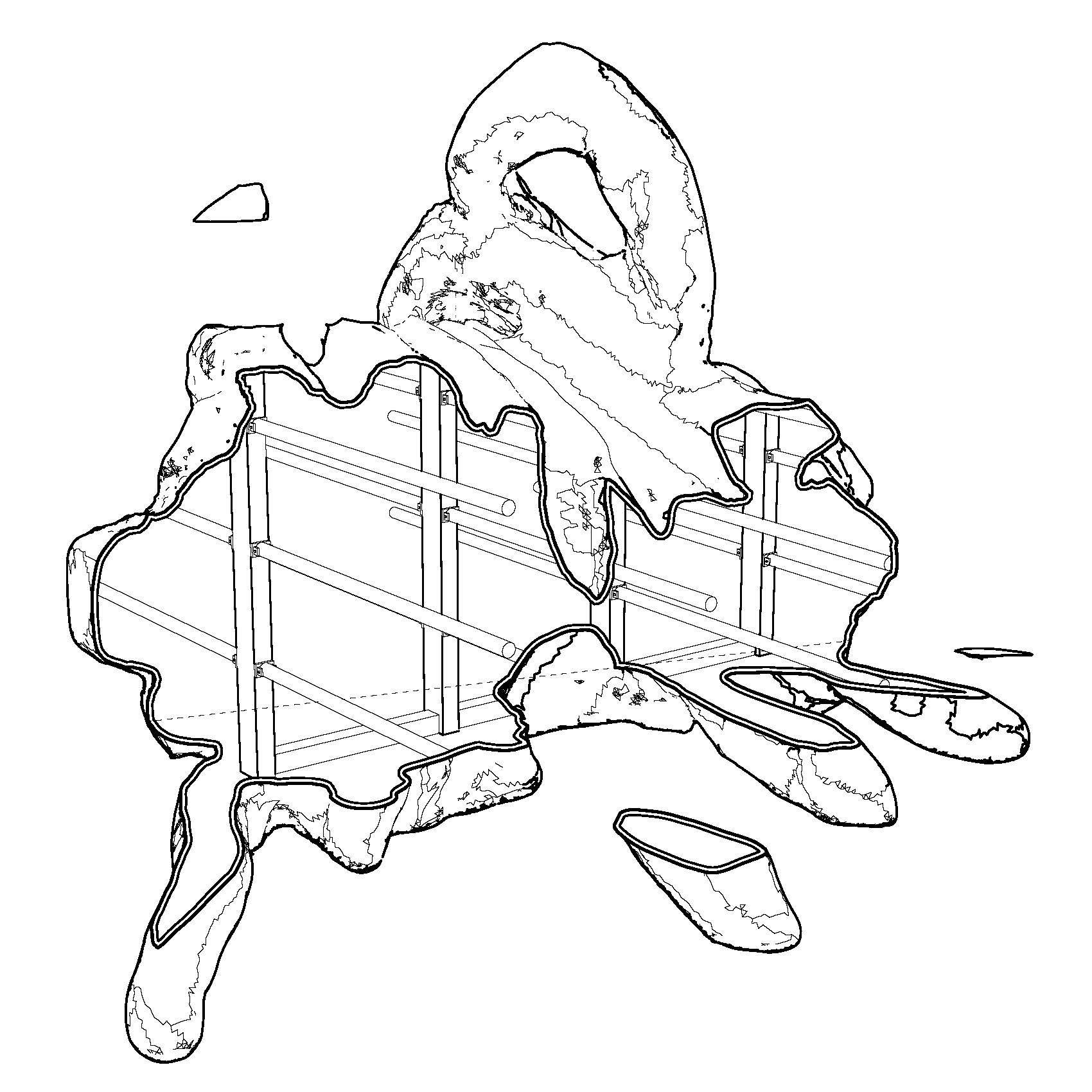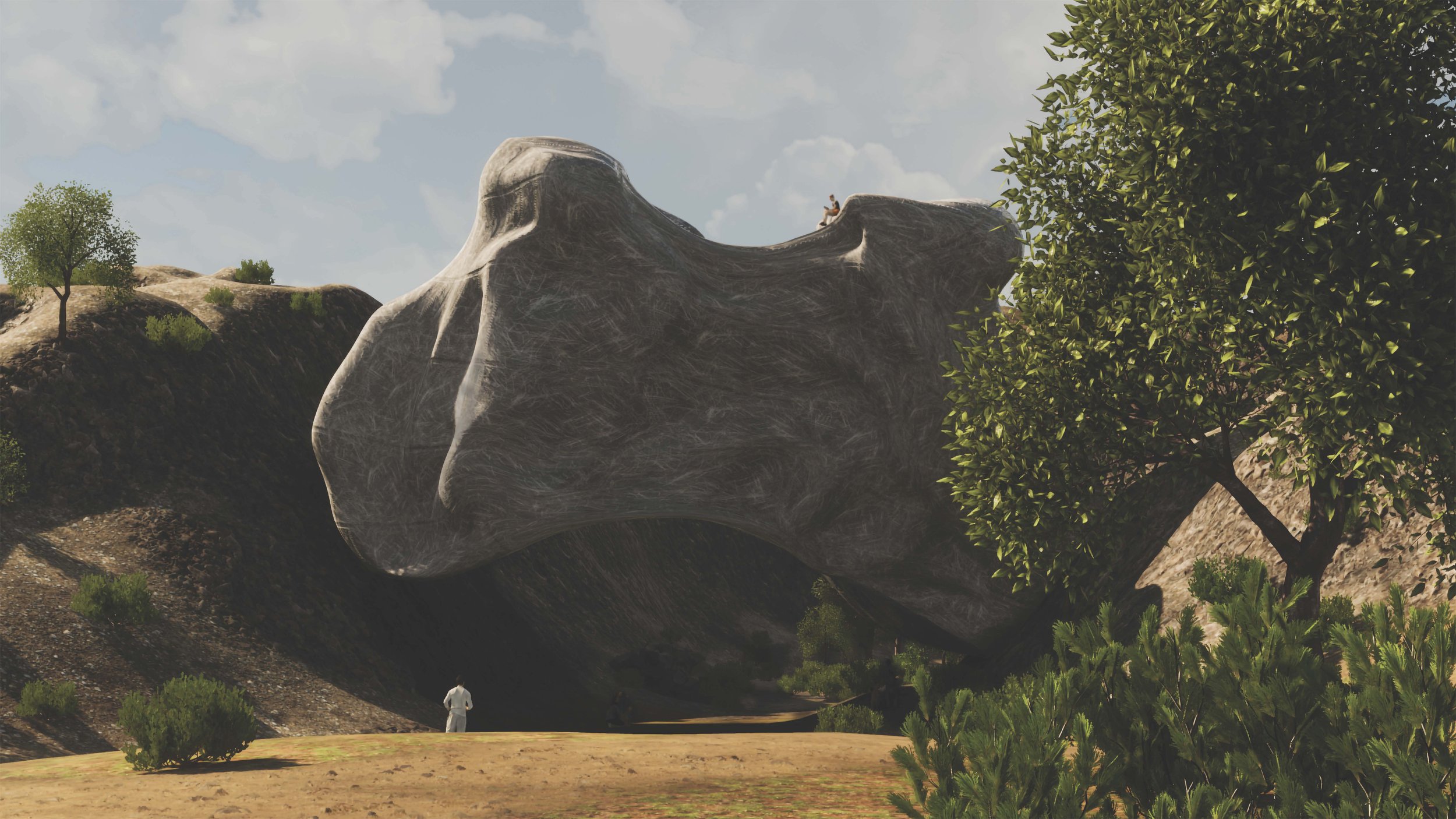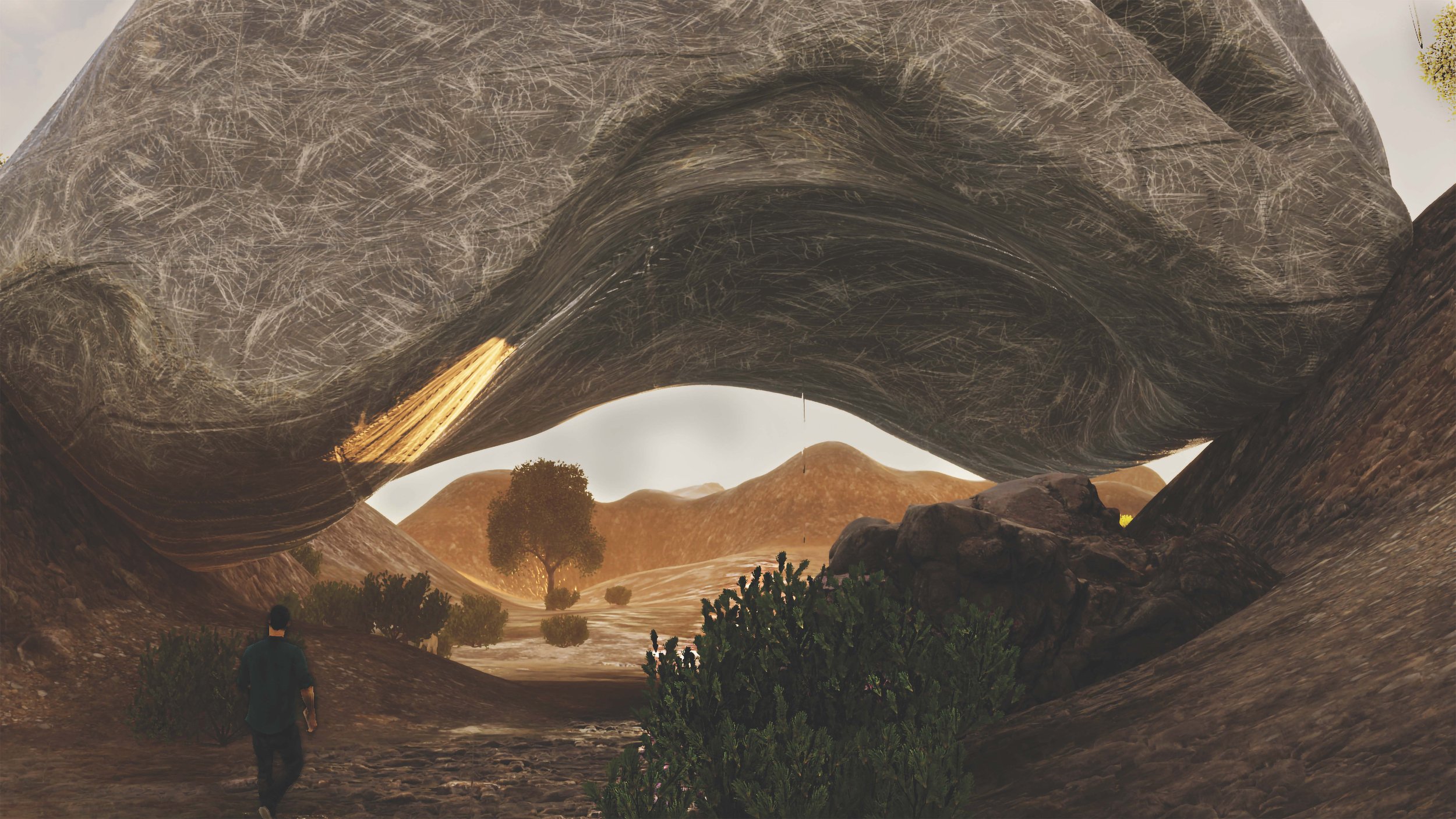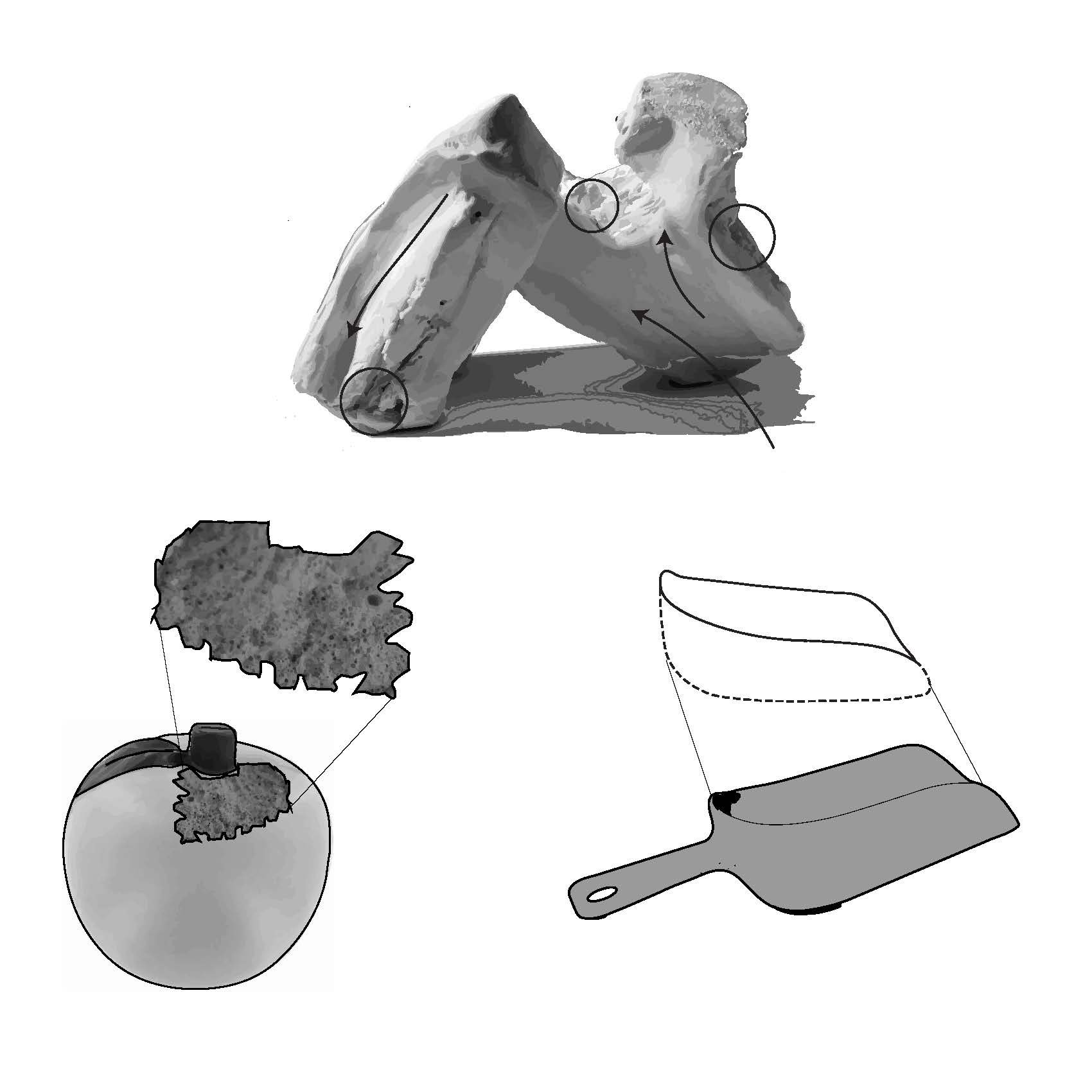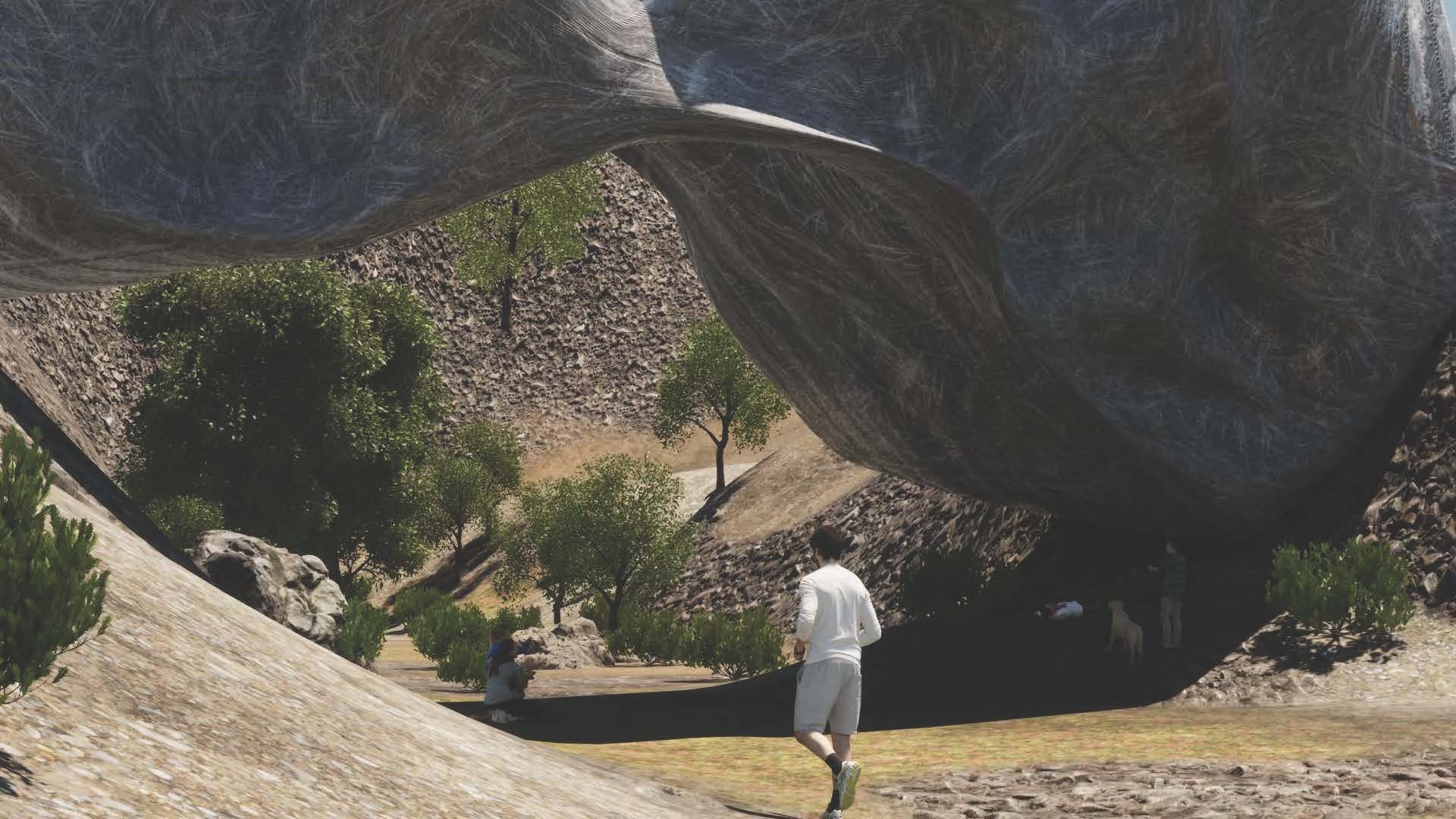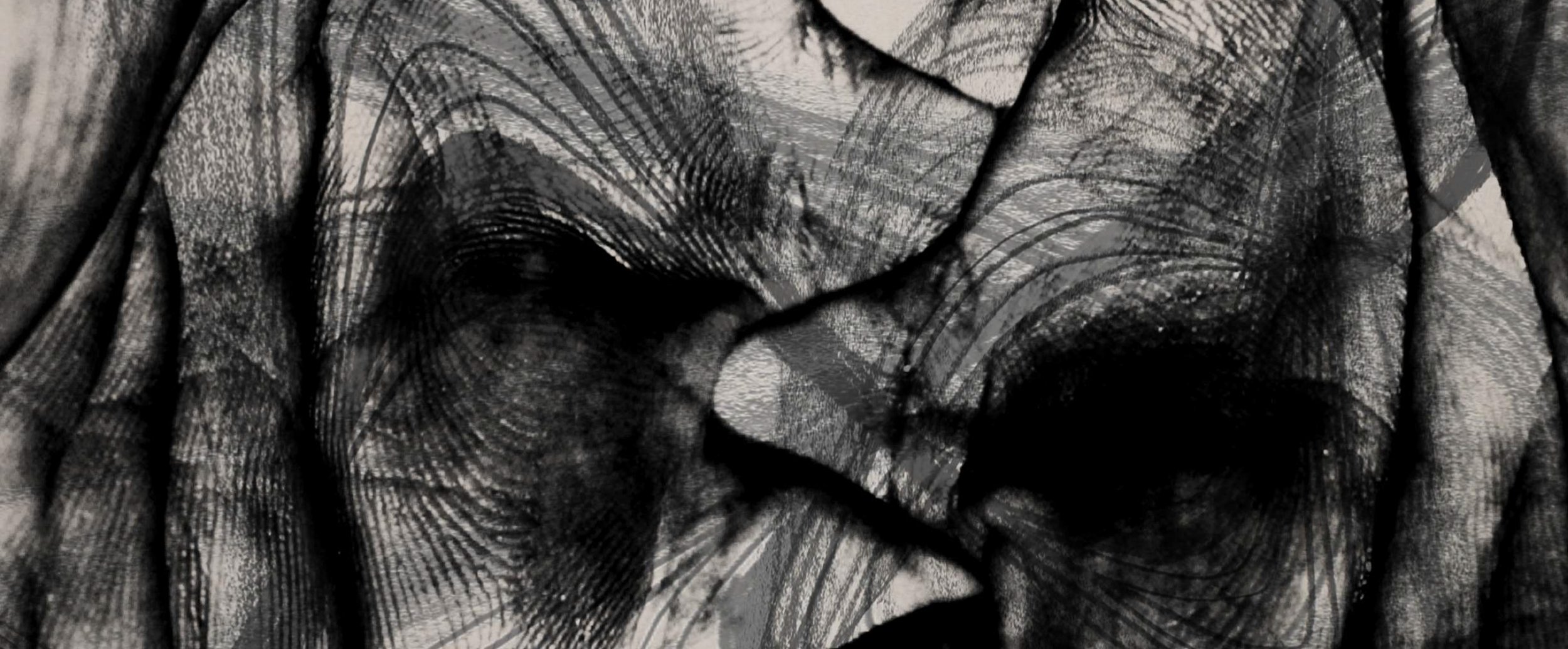
Fetishes of Southern California adopts the ideas of the Poetics of Conjugate objects and implements these objects into hiking shelters
This studio explores the creation and representation of exquisite objects in the landscape. Using a wide array of analog, digital, and post-digital techniques, students will explore the poetics of conjugate objects as they experiment with evocative imagery and contemporary fabrication. The studio will operate within the realm of art as object, question the notions of object as image, and attempt to locate itself somewhere within representation as landscape.
Building on the works and writings of contemporary artists, theorists, philosophers, and designers, this studio will produce projects that contribute to this discussion. All design at the highest level is capable of referencing itself and each other, and there is no reason for contemporary landscape architecture to remain outside of this conversation.
This studio celebrates the Southern California vernacular while implementing hiking shelters along the Pacific Crest Trail. These simple constructions provide respite from the elements, while generating a dynamic and mobile cultural narrative. As students begin to understand and experiment with the pragmatic uses of rest stops, temporary enclaves, and sculpture, the definitions of art, objecthood, space, shelter, and image will be redefined for each project.
The project calls for temporary shelter of up to four people at a time. The studio experiments with object scale and materials that are neither appropriate nor absurd for this task. Students will become intimately familiar with their forms and how they interact with the human body. This third-year undergraduate landscape architecture studio was written and taught by me in the Spring Semester of 2020.
Untitled
What does this mean? Who are you pleasing? And at what cost do I exist in this small corner of the world? How is this going to be built? What makes this object so special? Why should us great apes pay significance to this?
All great questions, juror. And if I had the answers I’m sure I’d tell you. However what I can tell you is this: I’m here, basking in my iridescence. As are you.
Artificial? Whatever you say. The landscape as well?
Absolutely real. This.
I insist upon the independence of the world, and all of the things in the world, our fabricated conceptualization included. The world couldn’t explain me, even if she tried. Assembled by nimble fingers, crafted by fabrications of our sublime intelligence.
Laid upon a bed of silk blossoms, can you define me yet?
You see, we have an innate nature to attempt to categorize the built anything however that’s far too ambiguous. Cut and dry, You’re you and I’m I and that’s that.
Besides, what extent can reality truly be known?
Project by Bethany Carlos, Spring 2020
Sloth
What is an object but an idea with a name that humanity uses to describe?
The name sloth cannot describe the object nor does it try to. It is but a name which was given to the object by its creator for no other reason than it put a smile on sloth’s creator’s face.
During a clear night
Sleeping under the stars is alright
But when it starts raining
the same idea might be paining
Searching for a spot where one can dodge the drops
or a blanket of snow when Celsius hits zero
A rugged strange structure
where one can tucker under
Hiding from the thunder
there you wait an wonder
How long must I lay for a sunny day to play?
Compared to the Pacific Coast Trail
I feel small as a snail
Carrying my home on my back
always organizing my pack
Sloth sits beside a path somewhere on the southern half of the Pacific Coast Trail. Waiting for an unsuspecting hiker to find his way to meet it. Whether rain or shine sloth is ready to be climbed on or even provide shelter if need be. Sloth is popular among the rock-climbing crowd who often challenge each other to see who can complete the climb the fastest. Year after year it sits ever aging as many hikers come to hangout. Every so often a familiar face emerges through the trees to greet it. An old man who often visits to read a book. Sloth sees the change his visitor has gone through since they last met. Even so sloth stays the same. The amount of people who have visited sloth year after year is too great to count. But sloth never forgets a face and is always willing to brighten up someone’s day and give them the push they needed to keep on hiking. As a hiker leaves sloth feels comfort knowing that it left a memorable impression in his guest’s minds and looks forward to the time when he gets to seem them again.
Project by Jacob Hale, Spring 2020
Erroneous
Once upon a time a deep-sea diver was exploring the deepest crevices on the bottom of the ocean and came across a very obscure object that’s color and material was something like he had never seen before. This object was about 50 feet long and 30 feet high, it had a texture that looked like plastic, but had no erosion from sitting on the bottom of the ocean like one would imagine plastic to institute. It was shiny, hard, and very beautiful to look at, so he demanded this object be taken out of the ocean to be closely observed by his team of marine biologists. When this object was finally placed in a lab and studied very closely, it was discovered that it must have been around for at least a million years and exposed to multiple elements including exposure to a non-gravitational field for the majority of it’s life. It is believed that this object is alive; how? That no one knows. This object changes materials, almost like a chameleon, but instead of changing to to fit into its environment, it is thought that it changes whenever it pleases, every couple hundred years. It can survive without oxygen, without proper oxygen, and underwater; it is the most adaptable creature any of the scientists have laid their eyes on.
One day, when the scientists went back to their lab, the object had disappeared. It took about 10 years for a hiker to report that they found it on the tip of a mountain next to Crater Lake in Oregon, USA. More specifically, on Dutton Cliff. Most people once believed this story to be an old urban legend, but some visited it who could feel the energy of a living species and knew the story to be true. Now, everyone who sees the object accepts it as a living being from another planet, with a past we will never fully understand. If you stand under the object, you can feel its potency along with its protective nature. No one who has visited this species would dare to be as cruel as to deny its spirit, but those who have only heard about it have a hard time accepting. When the believers are asked what it is that made them so sure of the true identity, they couldn’t quite put into words what convinced them but concurred that it is something you have to “feel” to believe. This statement provoked even more confusion throughout the nation, causing the question to be pondered, “what is it that makes an object real?”
Project by Kaylie Dascanio, Spring 2020
An Object’s Memories
What has become of this object and how did it get here, where it now lies dormant beneath the sun’s heat protecting those who seek its shelter. This object, this goliath-like structure sits beside where travelers walk and journey. Perhaps this journey these others walk was what happened to this object, maybe it attempted this journey to reach one end to the other, but fell short of its goal…
The memories of this object are unknown, to me and its own, thinking everyday trying to remember who or what it used to be and why it can no longer change back to what it used to be. It now sits here fissured and broken trying to put itself back together, but the more it tries, the further away it gets from its original form. Time is not this object’s friend rather a foe who steals its memories day by day making this object forget about its past.
Years have now gone by and this object has become numb to its own reality and has now taken up a new form, one that provides for others rather than itself. In this new life the object encounters many others, new faces and generations but one thing always seemed to reappear from the voices of others, the letters PCT. This object questions what those letters mean, is it what it used to be called or maybe it was a story from its memories? While the object fixates on these letters more days go by and in this time the object has now fallen into a deep slumber beside the Pacific Crest Trail.
With each new day this object struggles with who it is and what has become of it, this is the object’s memories.
Project by Sergio Barrios, Spring 2020









